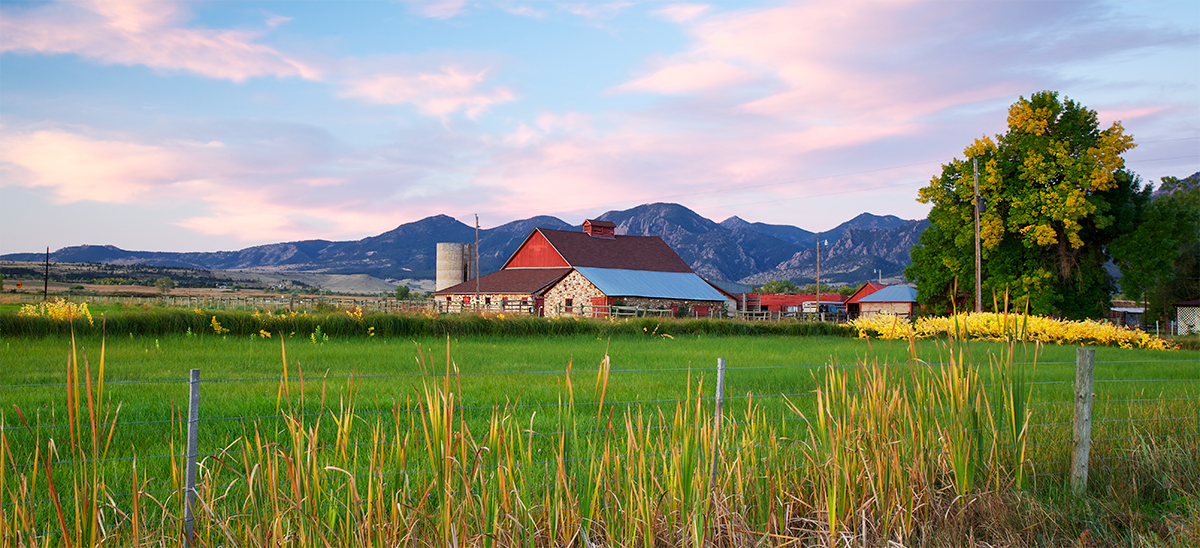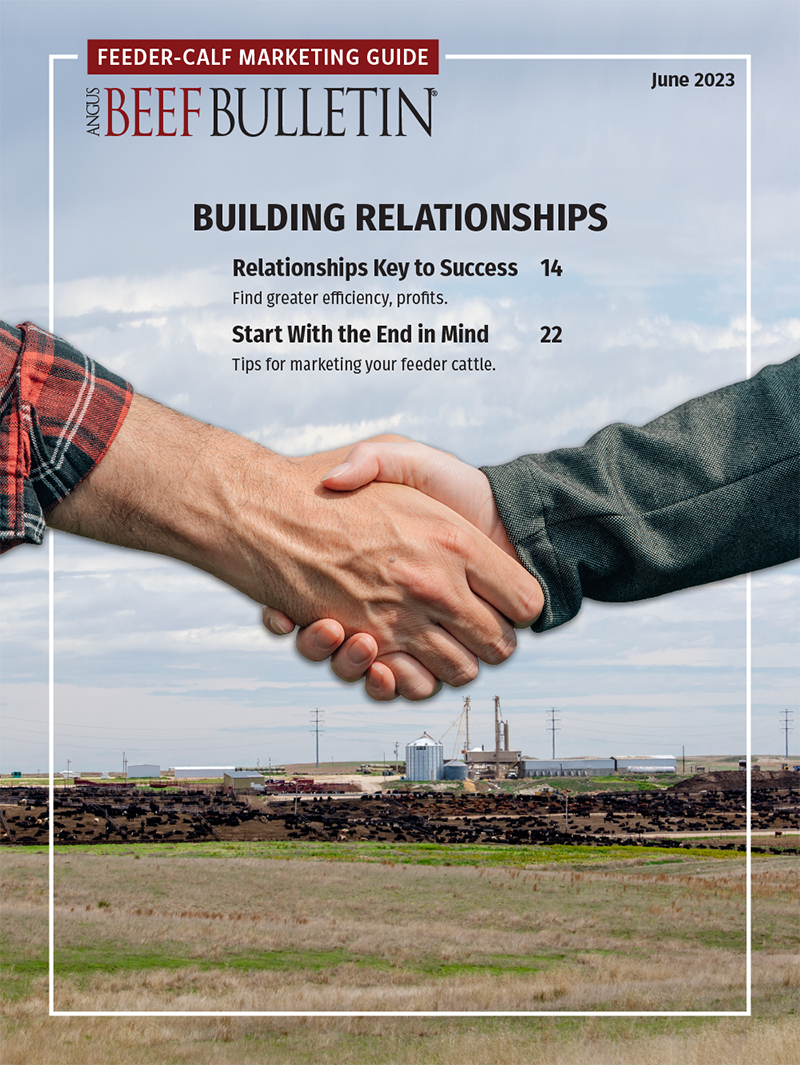
Plan & Prepare
Economists offer strategies for managing interest rates, inflation and volatility.
Greek philosopher Heraclitus is credited with saying: “The only thing constant is change.” Today’s continuously evolving markets and conditions are proof of that.
Ag economist and Nebraska farmer Brent Gloy also likes this quote by John Bates Clark to illustrate conditions: “The modern world regards business cycles much as the ancient Egyptians regarded the overflowing of the Nile. The phenomenon recurs at intervals, it is of great importance to everyone, and the natural causes are not in sight.” Interestingly, Bates Clark made his quote in 1898 — 125 years ago.
Point being that while volatility in the weather and markets may seem irregular and unpredictable, they’ve been a part of the global economy all along.
Producers recognize the challenges. According to Purdue’s Ag Economic Barometer, producer sentiment at the end of 2022 and in early 2023 was near the lowest of the last six years, even in spite of good beef and grain prices. Why?
“Producers get it. They understand there is risk and volatility in the marketplace,” says Gloy. “We know that there are big changes taking place. We just don’t know how long.”
His advice to ag producers to navigate these uncertainties is to “get ready, plan and stay informed.” He adds, “Let’s prepare, so when things shift, we are ready.”
Gloy and ag economist David Kohl shared remarks this winter via Farm Credit Services of America webinars. Here are strategies they suggest to navigate the economic landscape going forward.
Pay attention
Even while commodity prices for beef and grains may look positive, Gloy advises producers to stay practical.
“Avoid excessive exuberance,” he offers. “The elephant in the room is our [U.S.] relationship with China. Pay close attention to that going forward, as well as the conflict with Russia and Ukraine, and long-term interest rates.”
Similarly, Kohl says the economic landscape of the future is going to require “getting comfortable with the uncomfortable.” That said, he adds, “If you don’t have economic challenges, you don’t have opportunities.”
Gloy and Kohl both have concerns about rising interest rates. Says Gloy: “When the Fed raises interest rates (as they did by a quarter of a percent both in February and March 2023), that slows expansion and the economy, and that changes people's attitudes.”
Gloy adds that no one knows how long it may take to slow inflation.
“History suggests a recession is coming — in reaction to what the Fed is doing with interest rates,” he says. “I think we’ll get one, and it could be substantial, but when could be anyone’s guess.”
Because interest is up, he says, land prices and rents may moderate depending on local supply, demand and economic returns.
Kohl cautions producers to be careful of interest rate resets on any loans without fixed rates. He notes that increased interest rates mean increased cost of production per head and per acre, which creates margin compression.
In total, these economists are pointing out that interest rates are not far from 10%, which can take a big bite out of profit margins. They caution producers to be careful the next couple years because with high cost levels, there’s a lot at risk if markets dive quickly.
Gloy says the bottom line in the ag industry is: “Risk abounds.” He encourages producers to think ahead, plan, run the numbers to determine what prices are needed when marketing cattle or crops, and ask “what if” questions with regard to how you would handle odd events or market slides.
Adopt a management mindset
Specifically, Gloy says, “Get specific about risk for your farm. Ask yourself: What three risks are you most concerned about in 2023?” Once you identify and prioritize them, share, discuss and evaluate options.
“Build resiliency and think strategically,” he advises.
He suggests producers monitor operational, production and financial parameters. Within the financial category, he says, evaluate working capital, interest rate risk, debt service and sound capital investment plans.
Likewise, Kohl points to the parameters he likes borrowers and lenders to monitor together — beginning with more financial recordkeeping. He says monitoring financials once a year does not cut the mustard in today’s volatile economic environment. Profit margins can change quickly with large swings in commodity prices, higher interest rates and rising input costs.
Kohl suggests quarterly or monthly cash-flow statements to better manage the business. He even suggests developing various cash-flow scenarios with different costs, interest rates, production and selling prices to anticipate outcomes and develop marketing and risk management plans. He emphasizes that knowing breakeven cost of production is essential to make management decisions.
Both Kohl and Gloy encourage producers to focus in on their working capital and liquidity. Kohl notes the amount of available funds on working capital lines of credit can quickly diminish with inflated costs.
Among the producers he works with, working capital has not rebounded as much as expected, says Gloy. “It’s an important financial shock absorber. So, talk to your lender to improve it.”
All total, Gloy advises producers: “Be strategic and avoid overconfidence.” He notes that the range of outcomes is often considerably wider than most of us would anticipate, and perfectly timing cycles is very difficult.
To build a resilient and sustainable business, he suggests anticipating different price ranges and considering what you might do in various situations, such as having plans in place if an employee leaves, if there is a death in the family or if a Black Swan event occurs.
Kohl’s final advice is to fine-tune the details.
“The opportunity for business and personal prosperity is not about the size, the enterprise or the next big thing,” he concludes. “It is about being a ‘five-percenter,’ meaning being a little better in many components of production, operational efficiency, marketing, risk management, finance, and in the focus on your values and goals.”
Editor’s note: Kindra Gordon is a freelance writer and cattlewoman for Whitewood, S.D. [Lead photo from Getty Images.]



